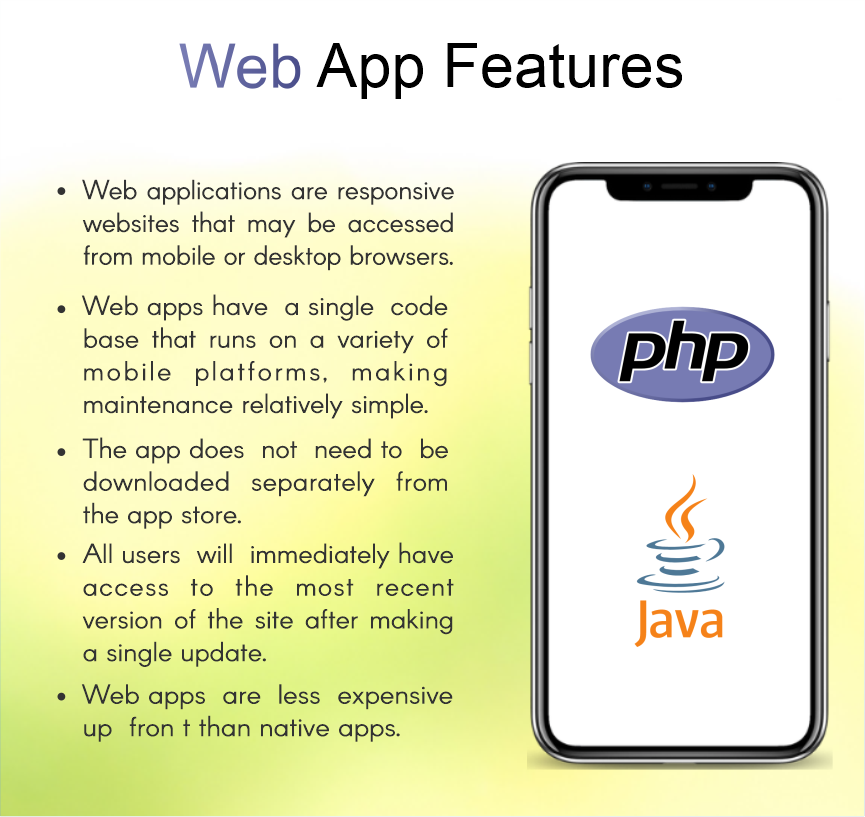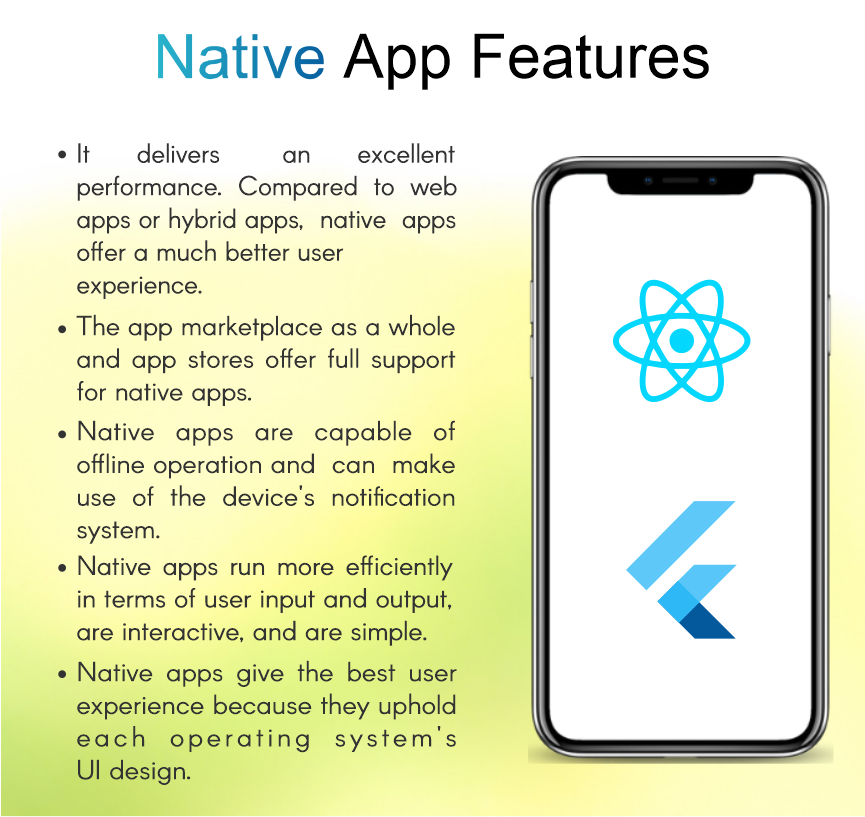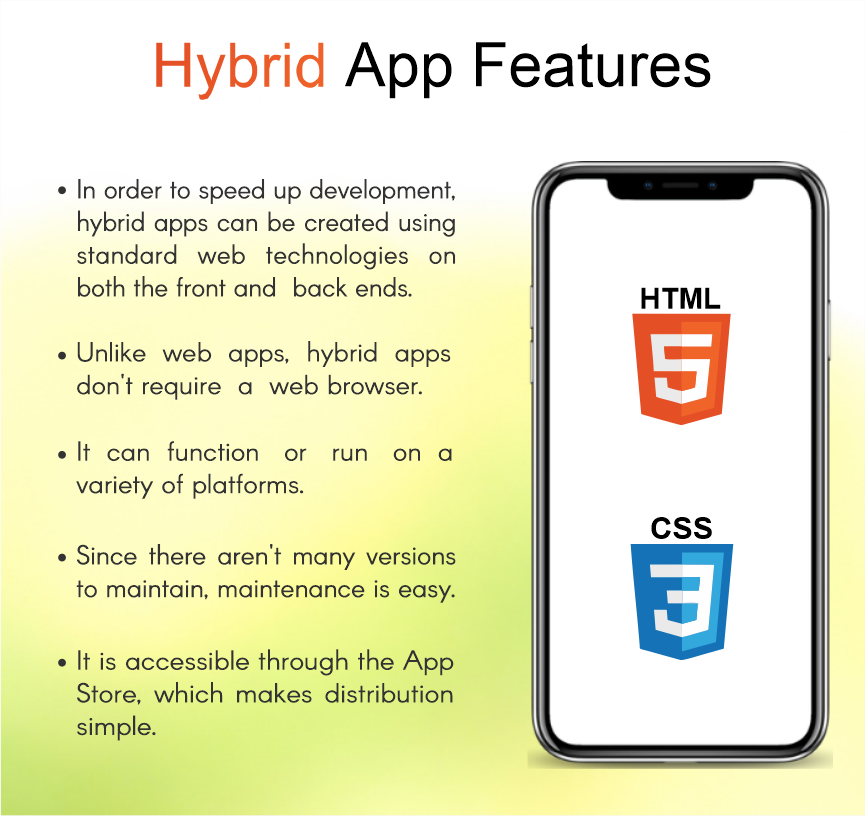Web v/s Hybrid v/s Native Mobile App Development
Mobile applications are becoming essential for businesses that have hoped to use them to grow their operations, increase brand recognition in the market, and give their customers a satisfactory service. If you want a mobile application development for your business also then you first of all should know the three major categories you can evaluate for your mobile app development project are Web, native, and hybrid mobile apps. Depending on your overall product aims as well as your commercial objectives. So, in this blog, we'll talk about these applications and how they perform under various operating systems.
Here are the distinction Between Web, Native and Hybrid apps:
Web Apps:
Web apps are webpages that open on your smartphone using a web browser, such as Chrome or Safari, and are created using JavaScript and/or HTML5. They are not genuine applications. Users can "install" them on their home screen by making a bookmark to a special URL after initially accessing them like they would any other web page: by navigating to that page. The GPS, the tap-to-call function, and a camera API are additional features that are available. Additionally, they are simpler to construct and maintain. These are inexpensive to construct. Due to the low manufacturing cost of web applications, businesses on a tight budget usually continue with them.
Examples of web apps include: Google Docs, Pinterest, Facebook, and Gmail.

Native Apps:
Native apps are designed especially to work on iOS or Android. Native apps are downloaded and installed through an app store, such as Google Play or Apple's App Store. These apps are created in specialized programming languages that the platform supports and are designed for certain platforms. For example, Java or Kotlin for native Android apps, Swift, and Objective-C for native iOS apps. Native mobile apps are able to provide a better user experience because they are believed to be faster and more reliable. They can make use of the phone's camera, GPS, accelerometer, compass, contact list, and other features. When developed properly, native apps are more likely to function successfully on the target device because they often have simple access to all of the device's functionalities.
Examples of native app include: WhatsApp, Twitter, Spotify, etc.

Hybrid app:
Hybrid apps have characteristics of both native and web apps. It can be installed as a native application; however, it is primarily a web application. Using hybrid apps, you can access content from active websites in an app format. It is written in a single, industry-recognized programming language, such as C# or a hybrid of HTML5 and JavaScript, and is then translated into each platform's native code and run there. Multiple platforms are compatible with hybrid apps. Companies can have hybrid applications development as wrappers for already-existing web pages in an effort to gain a presence in the app store without expending a lot of resources on creating a new app.
Examples of hybrid apps include: Instagram, Amazon’s store, Uber, etc.

Conclusion:
You may select the best solution for your project by being aware of the differences between hybrid, native, and web apps. And improve the user experience for your audience so they can use your apps for longer. With the help of the information provided above, you can now select the app that is best for your company. If you're still worried, get in touch with Career IT and Business Solutions Inc., a reputed mobile app development company in Edmonton, Canada. Its talented developers offer clients cutting-edge mobile app solutions using the latest technologies.
